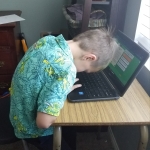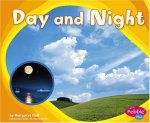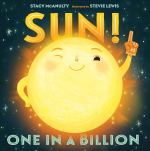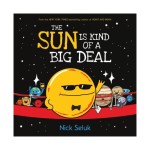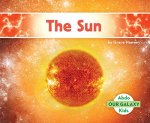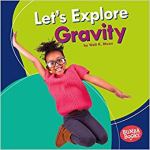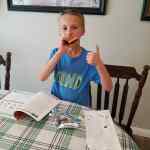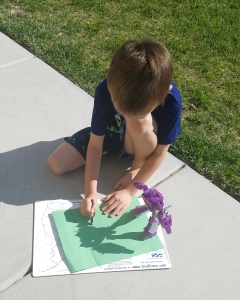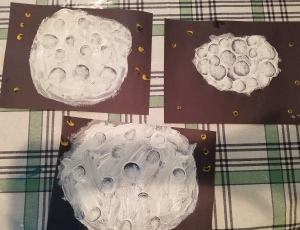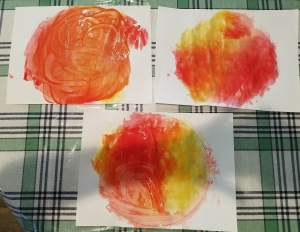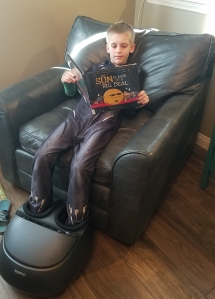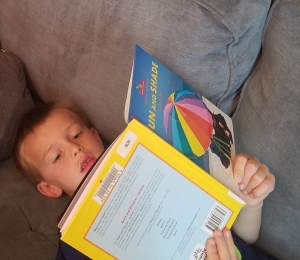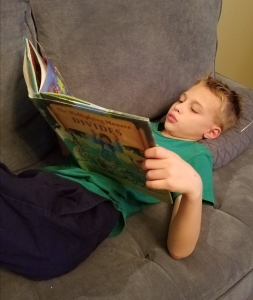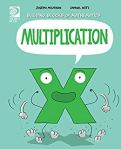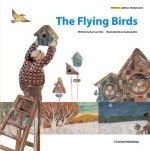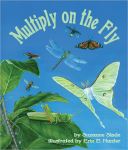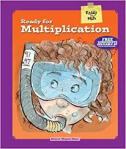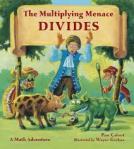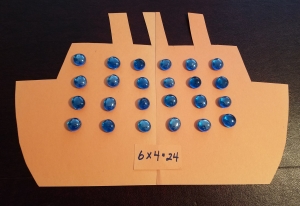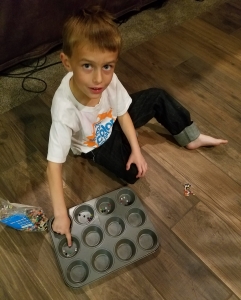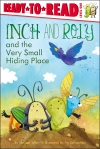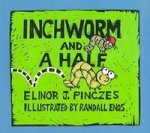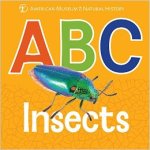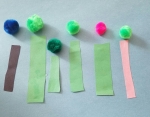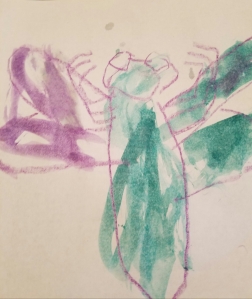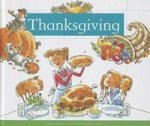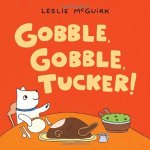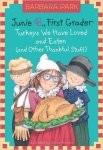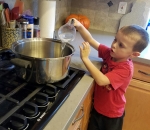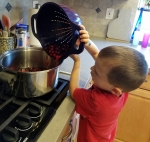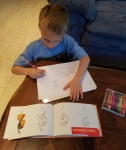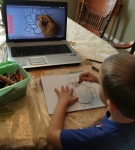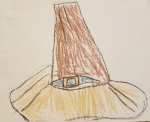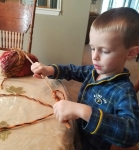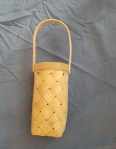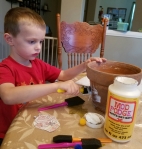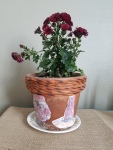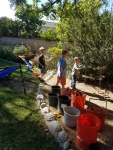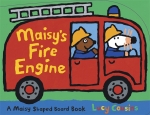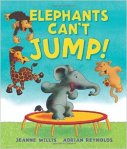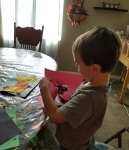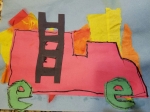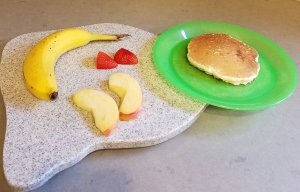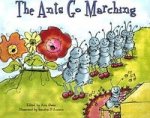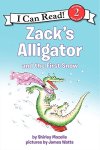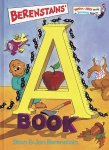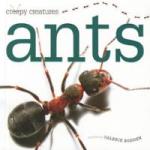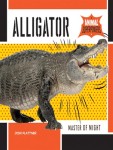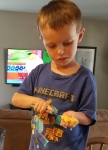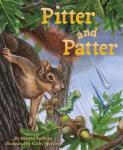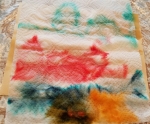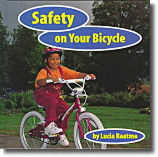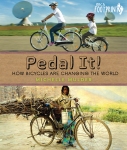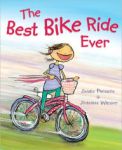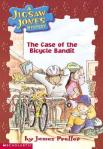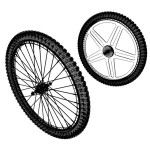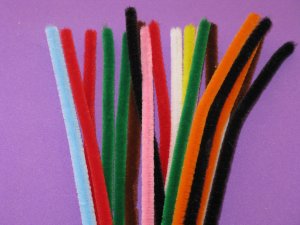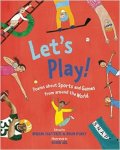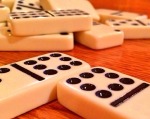Welcome to my blog. For those of you new to reading my blog, let me introduce myself. I am a retired educator who babysits my grandsons several days a week. I do not use their real names when I write, so in my blog I call them Tigger, Kona, and Tahoe. In the past I have written my blogs about teaching my grands using Multiple Intelligences. When the grands were preschoolers, these lessons could be done on the days I watched them, and were meant to enhance what they would learn in a preschool setting. As the grands got older and went to public school, my study units were created to enrich what the boys were learning in their classroom. Of course, these lessons were done only if time allowed after the grands finished their homework.
This year, however, is very different. Now, with the worries about the impact of Covid-19 on our children (and the school staff), my grands are Distance Learning through their elementary school. I am supervising their learning 5 days a week, since their parents (also teachers) are working from home, but need to focus on their own students at the same time that their children are Distance Learning. I will be blogging about my experiences as a “backup teacher” for my grandsons as we all begin this Distance Learning journey. My hope is that my blog might help those of you who are also taking care of children who are Distance Learning, since this experience is new for all of us. Along the way, I hope to incorporate Multiple Intelligences when I have to review, reteach, or enrich the learning that my grandsons are receiving.
If you need more information about Multiple Intelligences, you can refer to some of my earliest blogs about each intelligence which can be found in the right side under Multiple Intelligence Overview. I also have a blog which explains techniques to use for each intelligence on this blog:
https://mimiandthegrands.com/2015/01/05/creating-a-multiple-intelligences-lesson-plan/
To prepare myself for the first week, I created a planning calendar for each day with everyone’s schedule and other reminders. I used a spiral notebook, ruler, and pencil to create five columns for each grandson, as well as their mom and dad’s schedule. I also printed all the information we had received from their teachers and put them into a notebook for reference.
Additionally, I own a large chalkboard and moved it into their den. I will use it to write each grandson’s daily schedule, and for reteaching of lessons.
Reflections on Week One and Two
This will be a steep learning curve for me for sure. All the grandsons were able to get into their Zoom classes on time and met their wonderful teachers. For the first few days, most of the Zoom time was spent with introductions, icebreakers, and going over some of the technology the students would need to access lessons and turn in work. I had to learn this information too, and sometimes I had to get help from their parents (when my son-in-law or daughter were in between classes or on a break from their own teaching). I’m sure the boys and I both will get better at the new technologies and apps as the school year continues.
- Tigger works on a diagnostic test on his first day of Distance Learning.
- Kona taking notes while on Zoom with his teacher.
- By 2 p.m. on the first day of Distance Learning, Tahoe was pretty tired. I had him stop because he has all week to complete the diagnostic test.
Another challenge for me was to keep track of where everyone was working. All the grandsons have their own desks for their classwork in different parts of the house, to keep them separated when they are on Zoom. For the first two days, it was just a matter of walking between three bedrooms, but on the third day, Tahoe and Kona decided to work in new locations in the house. Ackkk! I guess the boys needed the chance to move around, and on the positive side, I was getting more steps logged into my pedometer app as I searched for them. (One day I had logged in 4,000 steps by Noon and hadn’t even left the house.)
Since one of the grandsons is a seventh grader, he has multiple classes, teachers, and thus Zoom meetings. This is all new for my grandson and I wanted to make sure I gave him more attention during these first few weeks. Most days he will have a “block schedule” so he has half of his periods for a longer class session. However, on Friday, he has all 7 periods within 4 and 1/2 hours with only 5 minute breaks in between which is just enough time for him to run to the bathroom before logging into his next Zoom meeting. I brought him a snack after 4th period since he had no time to get one himself and he needed the energy to get through the next three class sessions. Hopefully both Tigger and I will get used to the frantic Friday schedule during the next few weeks.
Besides helping the grandsons with their schooling, I make sure there is food on the kitchen counter so everyone can quickly grab a snack. Usually I cut up some fruit and vegetables ahead of time (like celery and apples), set out a bowl of whole wheat crackers or trail mix, take out a few yogurt sticks from the freezer, and set out their cups for drinks. At lunch time, I place sandwich fixings on the kitchen counter, or if I have time, I heat up leftovers or make something quick like quesadillas. We’ve had really hot days lately, so I’ve made smoothies for afternoon snacks.
Reteaching or Review of Concepts
While a lot of the work assigned for the first week, especially for Tigger, was to complete the diagnostic pretests in English Language Arts and Math, the younger two grandsons did have some math and science/social studies assignments to complete online. By the second week, the 3rd and 5th grader had a regular day’s worth of assignments and the 7th grader was immersed in Zoom class sessions all morning. Our rule at the house is that an adult has to check the boys’ completed practice work before it is submitted to the teacher to make sure it is complete and that the grands have understood their work. When the boys asked for help, or I saw mistakes in their work, I would reteach those concepts. Moreover, I plan to do some review of these concepts on subsequent days because the brain needs many repeats of concepts to go into the long term memory. Here are some of the topics that I reinforced with the grands for weeks one and two:
 Multiplication facts: Tahoe, 3rd grade, was introduced to multiplication as repeated addition, shown arrays, patterns, and word problems. I had already written a whole blog about this when Kona was in 3rd grade so I will use some of those strategies with Tahoe. One of these is to create a hopscotch grid on the driveway and place times tables in each box. Each time the boys hop into a square, they will need to tell the product. Bonus: This can also count as their p.e. minutes for the logs they have to complete for their teachers. Here is the blog:
Multiplication facts: Tahoe, 3rd grade, was introduced to multiplication as repeated addition, shown arrays, patterns, and word problems. I had already written a whole blog about this when Kona was in 3rd grade so I will use some of those strategies with Tahoe. One of these is to create a hopscotch grid on the driveway and place times tables in each box. Each time the boys hop into a square, they will need to tell the product. Bonus: This can also count as their p.e. minutes for the logs they have to complete for their teachers. Here is the blog:
https://mimiandthegrands.com/2019/01/24/teaching-multiplication-tables-with-multiple-intelligences/
Decimals: Kona, 5th grade, is working on ordering decimals, place value, equivalent decimals, word form and expanded form. And he will need these concepts reviewed throughout the year as well, so here are the strategies I plan to use to reinforce these concepts for Kona:
Bodily-Kinesthetic: Kona is taking notes in pencil, and typing his answers on his worksheets already, but I also have Kona work out similar problems to the ones on his practice worksheet on the chalkboard. This way he gets extra practice in the same format that he will probably see on the test, and he is using chalk instead of a pencil which is a different bodily-kinesthetic experience.
Spatial: I have purchased a product called Decimal Squares for the grands to utilize throughout the year. I  used these when I taught fourth and fifth grade, and I found them to be a great way to help students understand visually the basic decimal concepts. You can find information on this product online if you are interested. I am showing a picture of the main components of this kit, which are the decimal squares with tenths, hundredths, and thousandths cards.
used these when I taught fourth and fifth grade, and I found them to be a great way to help students understand visually the basic decimal concepts. You can find information on this product online if you are interested. I am showing a picture of the main components of this kit, which are the decimal squares with tenths, hundredths, and thousandths cards.
Friendly letters: Kona is being taught how to write a friendly letter. I want to reinforce the parts of the friendly letter and their placement in the letter. Here are some strategies:
Spatial: I will cut up a friendly letter into parts and have Kona put them in their correct location like a puzzle.
Musical: I found a cute song on Pinterest that teaches the parts of a friendly letter to the tune of “The Eensy, Weensey Spider” which I think Kona and Tahoe will enjoy. I won’t post the link here, but it is easy to find in an internet search.
Root Words: Kona will have to learn 100 Latin and Greek words this year. To help him review the roots and their definitions, I plan to use these strategies:
Bodily Kinesthetic and Interpersonal: Outdoor Tic Tac Toe: Using sidewalk chalk, I will create a large tic tac toe grid and place the root words inside each square. To play, Kona and a brother or other relative will choose squares for their “X” or “O” and give the definition for the root word in that square. If they don’t know the definition or get it wrong, they lose their turn. (I will give Tahoe a cheat sheet to use if he plays with Kona since Tahoe is in a younger grade and hasn’t covered root words yet. Bonus: Tahoe will have some experience in these root words before he reaches 5th grade.)
Spatial: While the teacher has some virtual flash cards for the students to use, I will have Kona create spatial flash cards using index cards. On one side will be the root word and on the other side will be a picture of the definition.
Vocabulary in Science and Social Studies: All three grandsons will need to learn specialized vocabulary words so I need some Multiple Intelligence strategies for them to use for the reinforcement of these terms.
Bodily-Kinesthetic and Interpersonal: An easy way to have them review these words is to act them out. The grands can pantomime a word individually on their own or play a game of charades with their brothers or parents. They can even combine their vocabulary words into a little skit. For example, Tahoe is reading about the responsibilities of citizens and some of his vocabulary words are vote, candidate, and ballot. I will model for them how to put together a skit (by themselves or with someone else in the household) how to use all three of those words into a little performance. (I used this strategy with my fourth and fifth grade students when I worked in a the public school and it was something they enjoyed very much.)
Positive and Negative Numbers: Tigger is working on these numbers (including whole numbers, decimals, and fractions) on a number line to show the numbers’ location and using the number line to add and subtract these numbers. So these strategies might help him practice them:
Spatial: I’ll have Tigger create a sidewalk chalk numberline to help him practice the locations of the positive and negative numbers, as well as use it to practice his operations.
Musical: I found some raps and songs that explain operations with positive and negative integers on onlinemathlearning.com and flocabulary.com.
Spelling words: All the grands have spelling words so I will give them Multiple Intelligence strategies to help them practice them.
Spatial: They can write each word with crayons or colored pencils using blue crayons for consonants and red crayons for vowels.
Logical Mathematical: Assign a number to each letter of the alphabet and then have them spell the words with numbers. My father used this strategy with me with I was little. The letter “A” would be the number “1”, the letter “B” would be the number “2”, all the way down the alphabet to the letter “Z” which is the number “26” of course. I would place this code on a sheet of paper or on the chalkboard for reference which the grands would use to spell their words with the numbers. For example: One of Tahoe’s spelling words this week is “conflicts” so he could spell it with numbers “3-15-14-6-12-9-3-20-19” using such a code.
* * * *
So for as long as this Distance Learning mode continues, I want to blog about my journey and hope there is something within my explanations that will help other caregivers who find themselves in the same position. If there is something you found useful, or if you have struggles with Distance Learning that I haven’t addressed in this blog, please leave a comment.


